I am using a Go package (Go binding to ImageMagick's MagickWand C API) to ImageMagick where I'm removing borders from images (cropping). The way I am using the trim function can be found below.
Now the problem is the fuzzy factor. For example, if I set the value to 2000, the image (here is the source) still has some white images like these:
I have created a small html which illustrates the problem best. It contains both images: https://dl.dropboxusercontent.com/u/15684927/image-trim-problem.html
As you can see the source has some pixels on the bottom right corner which are causing the trouble. If I set the factor to 10000, I'm afraid that I will loose pixels on other pictures. If I set it on 2000, the trimming isn't done right in pictures like these.
So my actual question is: what is the best way to "crop" / "trim" images?
package main
import "gopkg.in/gographics/imagick.v1/imagick"
func main() {
imagick.Initialize()
defer imagick.Terminate()
inputFile := "tshirt-original.jpg"
outputFile := "trimmed.jpg"
mw := imagick.NewMagickWand()
// Schedule cleanup
defer mw.Destroy()
// read image
err := mw.ReadImage(inputFile)
if err != nil {
panic(err)
}
// first trim original image
// fuzz: by default target must match a particular pixel color exactly.
// However, in many cases two colors may differ by a small amount. The fuzz
// member of image defines how much tolerance is acceptable to consider two
// colors as the same. For example, set fuzz to 10 and the color red at
// intensities of 100 and 102 respectively are now interpreted as the same
// color for the purposes of the floodfill.
mw.TrimImage(10000)
// Set the compression quality to 95 (high quality = low compression)
err = mw.SetImageCompressionQuality(95)
if err != nil {
panic(err)
}
// save
err = mw.WriteImage(outputFile)
if err != nil {
panic(err)
}
}


